U.S. mask mandates are making a comeback. But should they?
U.S. COVID cases are rising once again — and, as ever, Americans are arguing about masks.
It’s a pattern as enduring as the pandemic itself. Infections go up. So do the masks. And the same reflexive Twitter wars — do they actually slow the spread? Should they really be required? — follow right on cue, with the usual combatants retreating to their predictably polarized and politicized corners.
But what if the Great American Mask-Off is a waste of time at this point in the pandemic? Even worse, what if it’s a distraction? What if we’re fighting over one relatively inconsequential factor when we could be focusing on far more helpful fixes instead?
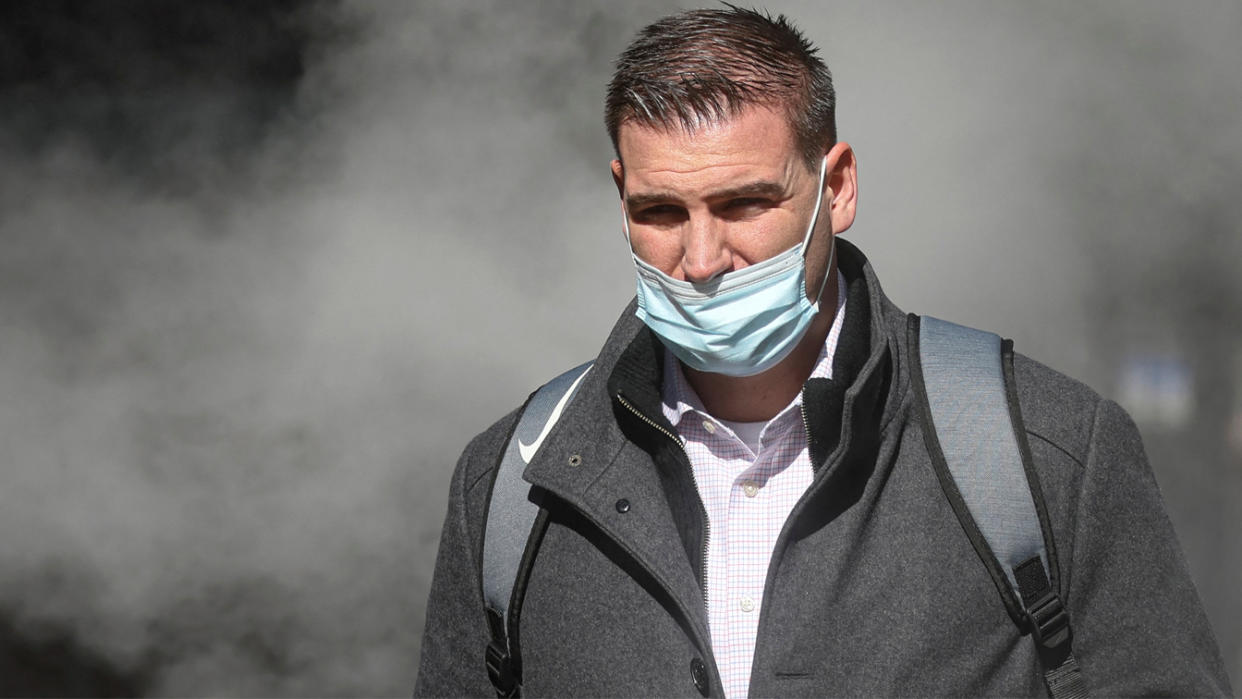
The latest round of U.S. mask hostilities started earlier this week when Philadelphia became the first major city in the country to announce it would be reinstating its indoor mask mandate in an attempt to stem climbing case counts. (The BA.2 variant — a more transmissible sublineage of the original BA.1 Omicron strain — now accounts for nearly all U.S. infections, and case numbers have been gradually ticking up as a result.)
Some universities brought back mask requirements as well, including American and Georgetown in Washington, D.C., and Columbia in New York City. Then the Biden administration announced Wednesday that it was temporarily extending its own nationwide mask requirement for planes, buses, trains and transit hubs that was set to expire on April 18.
The news provoked the usual cheers and jeers. On the extremes, some cited such reversals as proof that indoor mandates — which all 50 states finally lifted earlier this spring — should never have lapsed in the first place, instead remaining in effect indefinitely. Others continued to insist that masks were always pointless.
For the record, face coverings — especially high-quality, well-fitting ones — do help. A California study released on Feb. 4, for instance, found that indoor mask usage, including at schools, reduced the odds of a positive COVID result by 44% on average; N95s and KN95s slashed them by 83%. Manyotherstudies show similar benefits.
There are more nuanced positions on either side of the current debate — both for and against renewed mandates — that recognize this reality. Former Baltimore Health Commissioner Leana Wen wrote Tuesday that “Philadelphia’s indoor mask mandate was premature” and “other cities should not follow suit” — not because masks are ineffective but because “mandates should not be reinstated” when “hospitals have good capacity and vaccines work well against variants.”
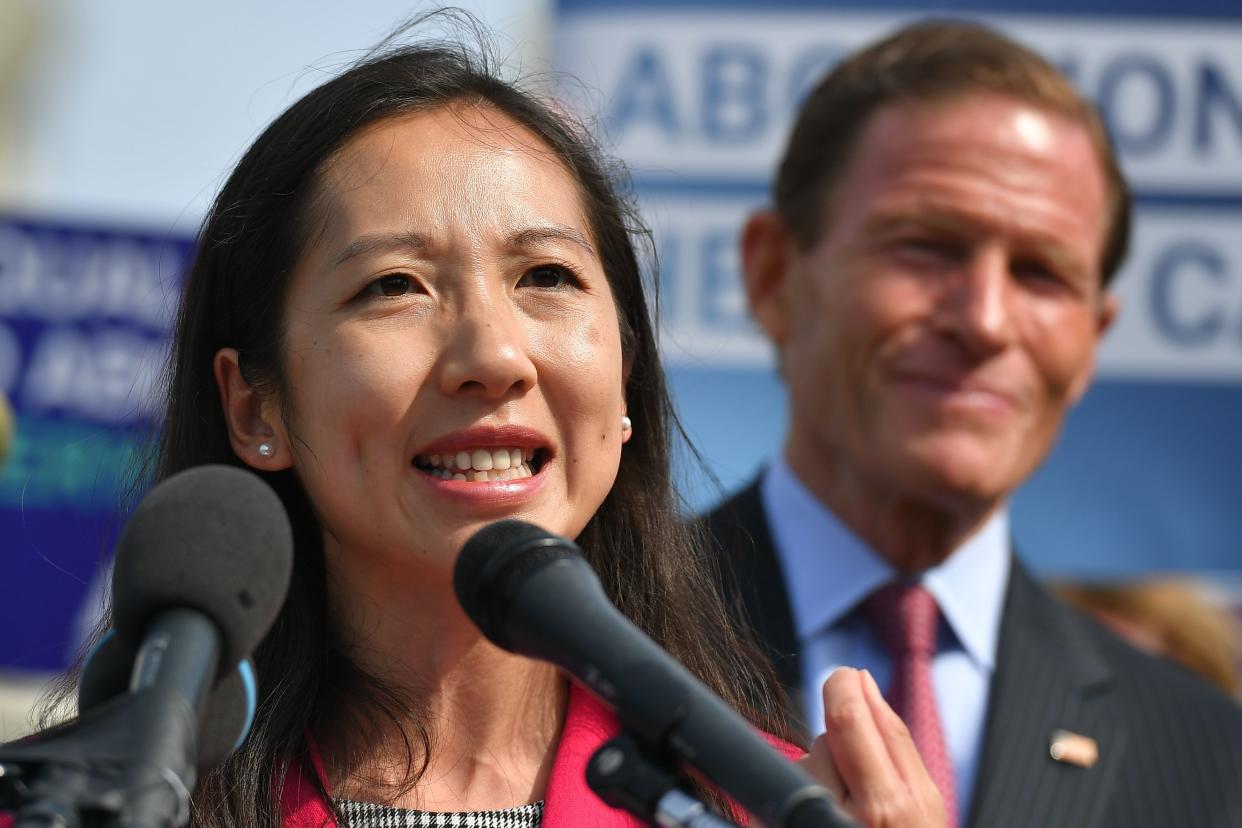
“If it’s going to be that even a very minimal uptick in cases with no uptick in hospitalizations leads to more masking requirements, you’d see a ton of masking requirements,” agreed Dr. Bob Wachter, chair of the Department of Medicine at the University of California, San Francisco. “I think the pushback from the public is going to be pretty big. We kind of want the public to trust us at this point that the masks can stay off … unless there is a significant threat to the community.”
In response to such arguments, Philadelphia Health Commissioner Cheryl Bettigole told Politico earlier this week that she “took a deep dive into Philadelphia’s data” and found that during “each of the [previous] waves” the metric “that seemed to be the most predictive” of a subsequent increase in hospitalizations “was a 50 percent rise in cases over a 10-day period.”
“So it feels like something may be starting,” Bettigole continued, adding that her goal was to get out in front of it. But “if it turns out that we’ve reached a point in the pandemic where hospitalizations are no longer associated with case rise,” she concluded, “then, great. That would be wonderful news.”
Each of these positions — let’s not overreact vs. let’s be cautious — has merit, especially in the early stages of what may or may not represent a turning point toward a less disruptive and dangerous virus. It’s not a mistake to require masks a little longer, or to wait and see how BA.2 behaves before deciding.
But ultimately neither side seems to be reckoning with an even deeper truth: Pandemic rules are not the same thing as pandemic behavior — and it’s unclear whether changing the former can still meaningfully change the latter. The impact, either way, might be limited.
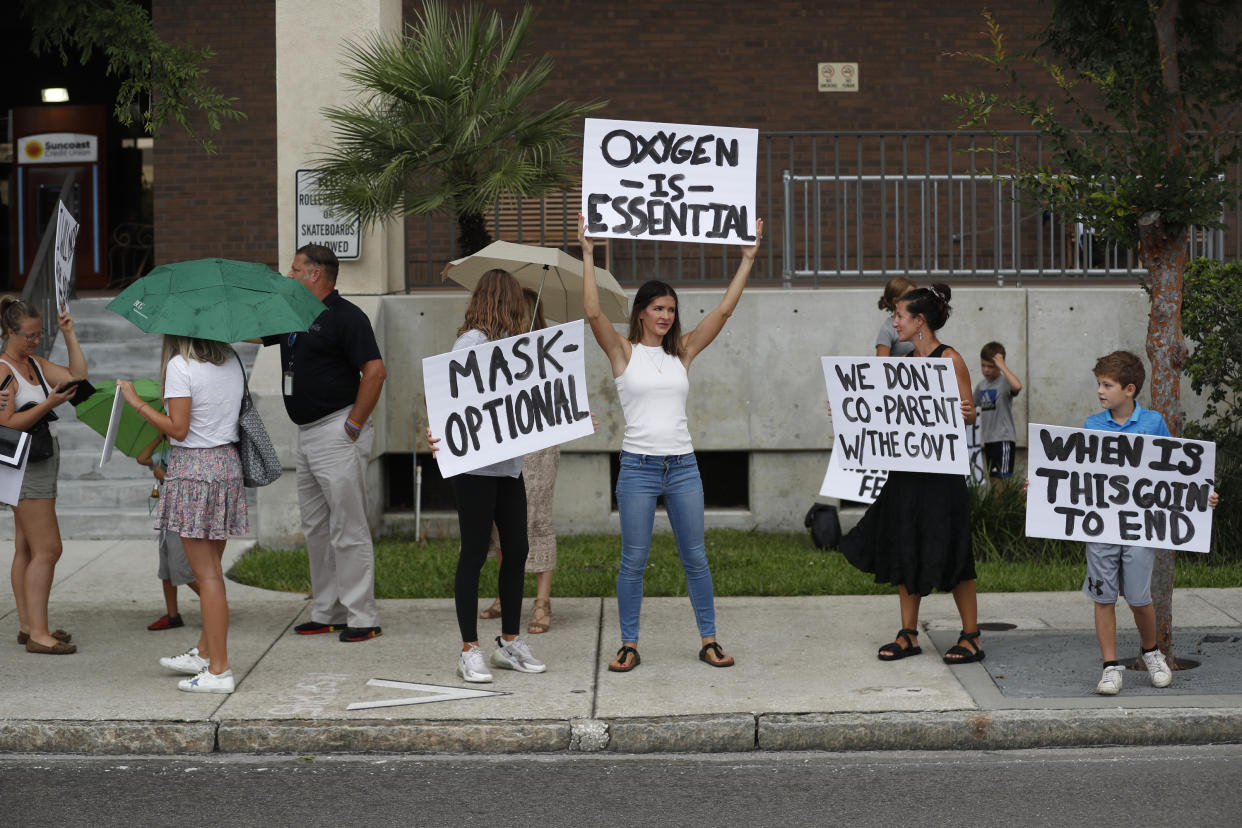
In less cautious areas, mask mandates ended long ago; widespread personal masking ended even earlier. It’s not coming back.
In more cautious areas, people still “believe” in masks, and mandates are still on the table. But the thing about mask mandates is that they don’t apply to settings where most transmission tends to happen — while gathering in private with family and friends, or drinking in bars, or dining in restaurants, or drinking or dining at concerts. Likewise, most school administrators have decided that the risk to children is low enough to make masking optional in classrooms.
When COVID takes off, unmasked shoppers in grocery stores are not the primary cause. The primary cause is prolonged exposure in places that mask mandates don’t cover.
The more COVID spreads through a particular community, the more cautious many people will choose to be. But that will happen regardless of the rules. “Despite two years of evidence to the contrary, we continue to attribute to policy what is better understood as people making independent decisions in response to the status of the pandemic,” Financial Times data journalist John Burn-Murdoch recently explained.
The question, then, is whether rules that don’t even require people to consistently cover their faces inside bars, restaurants, concert venues, schools or private homes can make much more of a difference in behavior (and thus in transmission).
If not, Americans might be devoting more attention to mask mandates than they deserve — and the U.S. might want to focus elsewhere going forward, experts say.
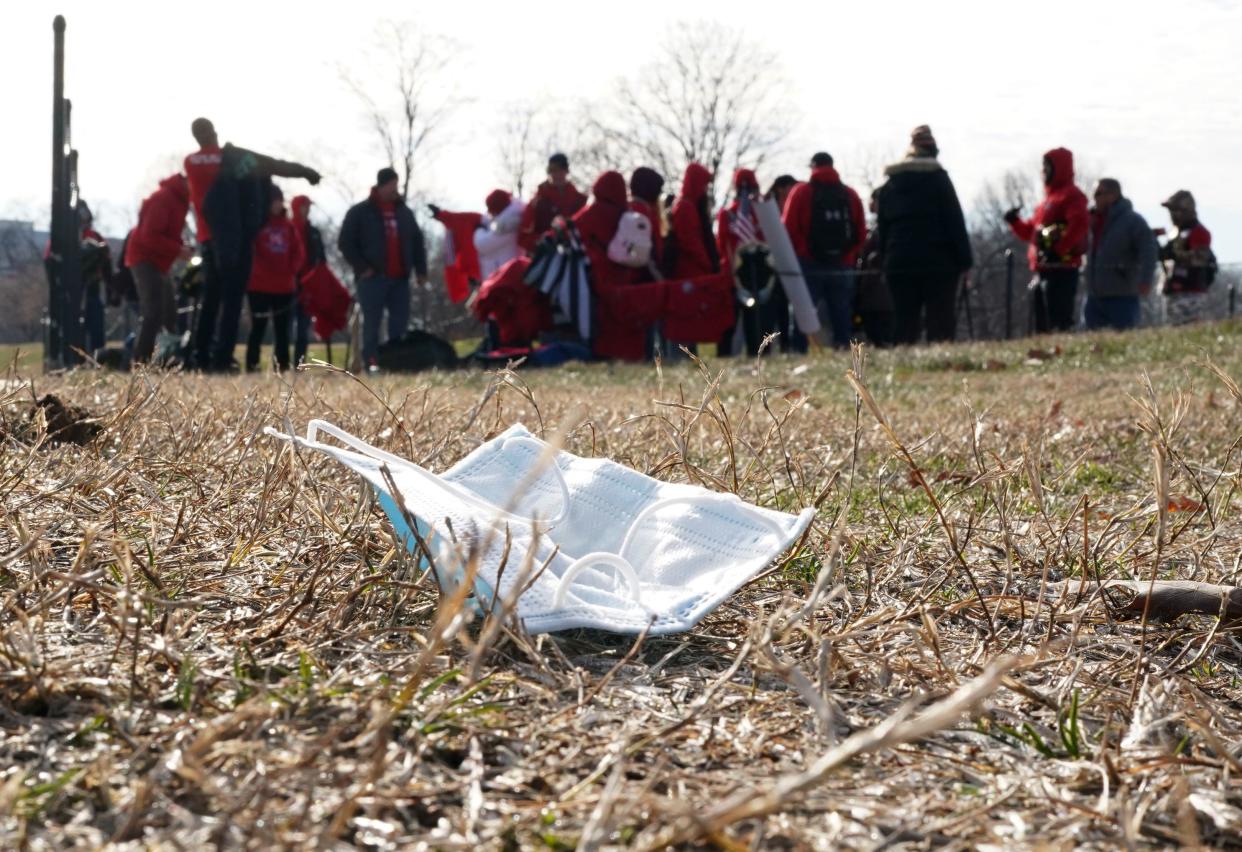
An Italian study published in March, for instance, showed that efficient ventilation systems can reduce spread in schools by more than 80%. Yet while the Biden administration just released new guidelines for indoor ventilation and filtration at schools and businesses — a welcome first step — no new federal funding has been set aside to encourage upgrades. There’s also no way to enforce the recommendations.
“If we are to live with this coronavirus forever — as seems very likely — some scientists are now pushing to reimagine building ventilation and clean up indoor air,” writes the Atlantic’s Sarah Zhang. “We don’t drink contaminated water. Why do we tolerate breathing contaminated air?”
Next-generation vaccines delivered not by a shot in the arm but rather by a spritz in the nose would be another way to limit transmission.
“As experts debate when, whether and who should receive additional boosters, a growing number of scientists are beginning to think additional shots could have marginal benefits for most healthy people,” explains the Washington Post’s Carolyn Johnson. “A switch in the vaccine delivery route from a shot to a sniff could muster a wall of immunity right where viruses find their foothold and block the spread of the virus, preventing even mild infections.”
Yet while “we could Operation Warp Speed [these] next-generation mucosal vaccines,” says Karin Bok, director of Pandemic Preparedness and Emergency Response at the National Institute of Allergy and Infectious Diseases, “we don’t have funding to do it.”
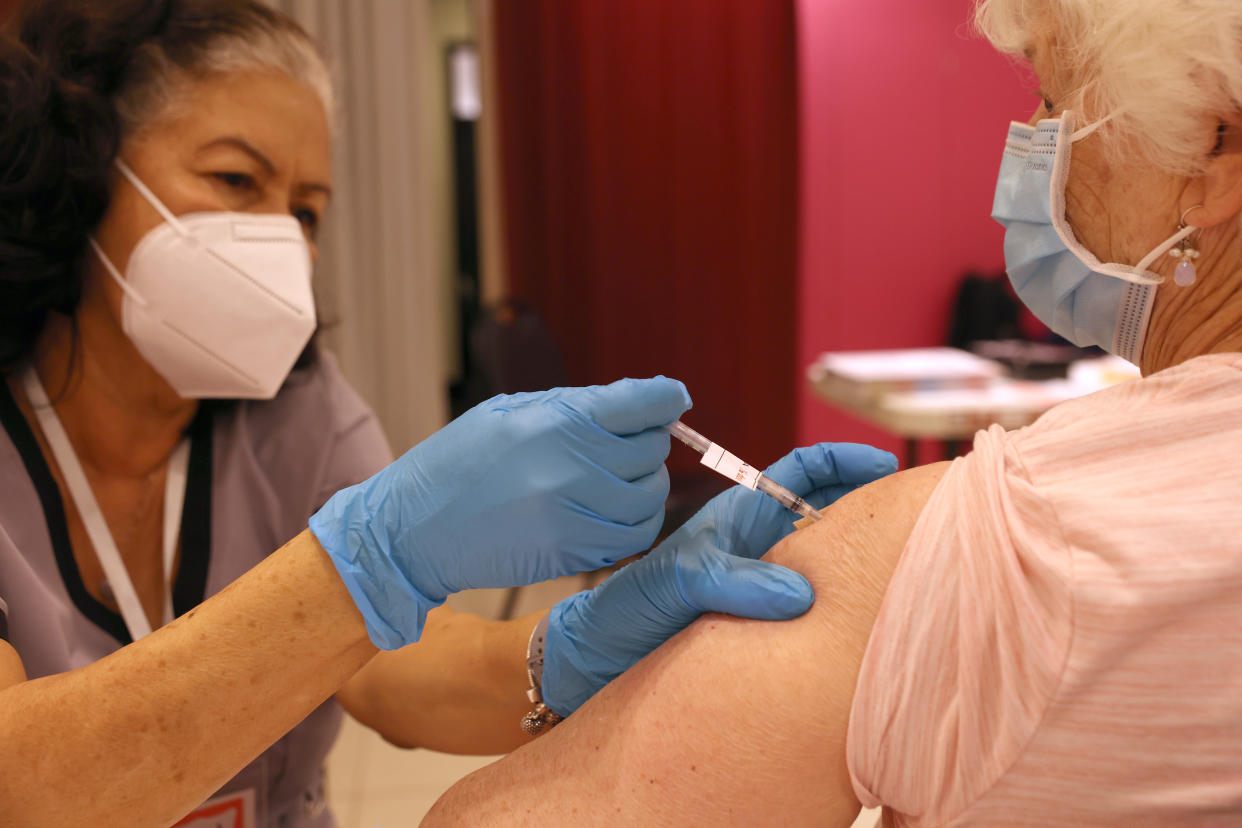
And then there’s the antiviral pill Paxlovid, which is 88% effective against hospitalization and death when given to unvaccinated people at high risk of severe COVID within five days of the onset of symptoms. Yet in February, there was actually an oversupply of this potentially lifesaving medication at some U.S. pharmacies; many Americans remain hesitant, unsure of how to get a prescription and uncertain whether they even qualify. And unless a gridlocked Senate passes another $10 billion in COVID funding, the U.S. won’t have the money to purchase additional oral antiviral pills beyond the 20 million already secured.
The list goes on: Exporting more vaccine doses to underimmunized countries to increase equity and help block new variants. A renewed push to vaccinate and boost the elderly. And for the immunocompromised, an abundant and easily accessible supply of Evusheld, a two-dose cocktail of monoclonal antibodies that’s still far too hard to access.
Two years into the pandemic, America has largely let masking become an individual decision — and even if mandates return, it will remain that way in most settings where the virus tends to spread. There’s little the government can do, in other words, to change who wears masks when.
Yet there’s still a lot the U.S can do to shield the vulnerable. The more that Americans focus on what they can control — and the less they fight about what they can’t — the better.





